“Prowadzę już życie pośmiertne” – Keats o pobycie w Rzymie/“I am leading a posthumous existence” – Keats about his staying in Rome
Angielski poeta John Keats przyjechał do Rzymu mając nadzieję, że śródziemnomorski klimat pomoże powstrzymać szybko postępującą u niego gruźlicę. Podróż odbył wraz z malarzem Josephem Severnem. Artysta zdecydował się towarzyszyć umierającemu poecie, mimo iż przed wspólną wyprawą nie byli zbyt blisko zaprzyjaźnieni.
John Keats came to Rome
Although
today it is hard to believe the journey from England
to Italy Naples Rome
View from Keats' window
Bezpośrednio po przyjeździe Keats i Severn udali się na Piazza di Spagna. Wybór miejsca pobytu nie był przypadkowy. Piazza di Spagna i okolice były wówczas miejscem, gdzie zatrzymywali się wszyscy cudzoziemcy, zwłaszcza Anglicy.
Zamieszkali na drugim piętrze kamienicy pod numerem 26 (zwanej wtedy Casina Rossa), znajdującej się po prawej stronie Hiszpańskich Schodów. Lokum u Pani Anny Ageletti znalazł dla nich szkocki doktor James Clark, który też będzie zajmował się leczeniem Keatsa.
Zamieszkali na drugim piętrze kamienicy pod numerem 26 (zwanej wtedy Casina Rossa), znajdującej się po prawej stronie Hiszpańskich Schodów. Lokum u Pani Anny Ageletti znalazł dla nich szkocki doktor James Clark, który też będzie zajmował się leczeniem Keatsa.
Directly after arrival, Keats and Severn
went to piazza di Spagna. It was not a random choice. Piazza
di Spagna and its surroundings were then a place where all foreigners were
staying. It
was even called an English ghetto because of many English people living there.
They occupied
the rooms on the second floor of the building at number 26 (called then Casina
Rossa), located on the right side of the Spanish Steps. The hole house was owned by a widow called Anna Angeletti. The place
were found for them by Scottish Dr.James Clark, who will also deal with
Keats' treatment.
Mieszkanie (pokój dzienny, który zajmował Severn i sypialnia Keatsa) bardzo im się podobało. Severn opisał je jako "proste, lecz eleganckie". Keats był zachwycony widokiem ze swojego okna. Mógł podziwiać Scalinatę oraz Barcaccię - fontannę w kształcie wpół zatopionej łodzi autorstwa Pietro Bernininego. Plac był wówczas niezwykle żywym i kolorowym miejscem. Było tu mnóstwo warsztatów rzemieślniczych, które przyciągały artystów, drobnych handlarzy kwiatami, turystów, pielgrzymów, cyganów i wędrownych kuglarzy.
They were very pleased with the apartament (the living room occupied by Severn and Keats's bedroom). Severn described it as "simple, but elegant". Keats was delighted with the view from his window. He could admire Scalinata and Barcaccia - a fountain in the shape of a half-sunk boat by Pietro Berninini. The square was then a very lively and colorful place. There were many craft workshops that attracted artists, small flower traders, tourists, pilgrims, gypsies and traveling jugglers.
Keats' room
Cierpiący katusze podczas kwarantanny Keats, w Rzymie poczuł się umiarkowanie lepiej. Udało mu się zobaczyć najbliżej położone atrakcje turystyczne Rzymu. Przechadzał się via del Corso, podziwiał widok z pobliskiego Pincio, odwiedził Villę Borghese i Koloseum.
Suffering torments during the quarantine, Keats was
reasonably well in Rome. He managed to visit the surrounding
area. He wandered in via del Corso, admired the view from nearby Pincio,
visited Villa Borghese and the Coliseum.
Niestety Keats nie cieszył się zbyt długo poprawą zdrowia, ani co za tym idzie - nastroju: „Czuję, że moje prawdziwe życie całkowicie przeminęło, i że prowadzę już życie pośmiertne" - pisał pod koniec listopada w swoim ostatnim liście.10 grudnia doznał silnego krwotoku i od tego czasu już nie podniósł się z łóżka.
W dodatku doktor Clark początkowo twierdził, że to nie gruźlica, a problemy z żołądkiem są głównym źródłem dolegliwości poety. Zalecił niemal głodową dietę (jedno anchois i kawałek chleba na dzień) oraz popularny wówczas środek leczniczy - upuszczanie krwi. Jak można się domyślić, taka terapia przyniosła opłakane skutki. Poeta z każdym dniem czuł się coraz słabiej.
Keats umierał w przekonaniu, że w swoim krótkim, 25-letnim życiu nie zdążył osiągnąć sławy jako poeta. Smutne położenie dodatkowo potęgowała rozłąka z ukochaną Fanny Brawne. W pewnym momencie odmówił odczytywania od niej listów i zażądał, by nieodpieczętowane pochowano wraz z nim.
Unfortunately,
Keats did not enjoy health and mood improvement for a long time. "
What is more, Dr. Clark initially claimed that not tuberculosis but stomach problems are the main source of the poet's condition. He recommended a starvation diet (of an anchovy and a piece of bread a day) and a popular remedy than - that is bloodletting. As you can guess, this therapy brought dire consequences. The poet was feeling fainter and fainter with each passing day.
Keats died in the belief that in his short 25-year-old life he wasn’t able to achieve fame as a poet.
Keats on his death-bed by Joseph Severn, 1821
Keats
passed away on February 23, 1821.
Poeta został pochowany kilka dni później na cmentarzu protestanckim. Pogrzeb odbył się przed wschodem słońca, jak to miało miejsce w przypadku wszystkich pochówków w obrządku niekatolickim. Zgodnie z życzeniem poety na grobie umieszczono napis: "Tu spoczywa ten, którego imię zapisane zostało na wodzie".
Poeta został pochowany kilka dni później na cmentarzu protestanckim. Pogrzeb odbył się przed wschodem słońca, jak to miało miejsce w przypadku wszystkich pochówków w obrządku niekatolickim. Zgodnie z życzeniem poety na grobie umieszczono napis: "Tu spoczywa ten, którego imię zapisane zostało na wodzie".
The poet
was buried a few days later in the Protestant cemetery. The funeral took place
before sunrise, as was the case with all burials in the non-Catholic rite. According
to the wishes of the poet, the following inscription was placed on the grave “Here Lies One Whose Name Was Writ In Water”.
Bartolomeo Pinelli, A Night Burial in the
Protestant Cemetery in Rome, 1840
Dziś w zajmowanym niegdyś przez Keatsa mieszkaniu mieści się muzeum poświęcone angielskim romantykom, którzy swoje życie na zawsze związali z Italią. Keats-Shelley Memorial House, w którym miałam przyjemność pracować, gromadzi pamiątki (obrazy, książki, rękopisy) związane z życiem i twórczością Keatsa, Shelleya i Byrona. Percy Shelley został pochowany na tym samym rzymskim cmentarzu zaledwie rok później, ale to już zupełnie inna historia.
Today, in
the apartment occupied by Keats, there is a museum dedicated to English
romantics, whose life was associated with Italy


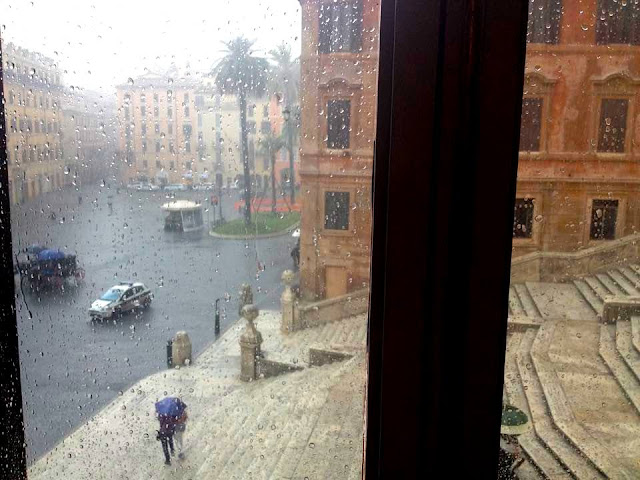
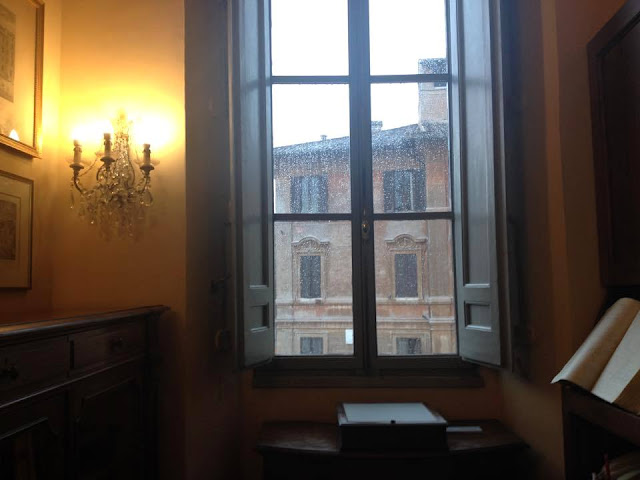



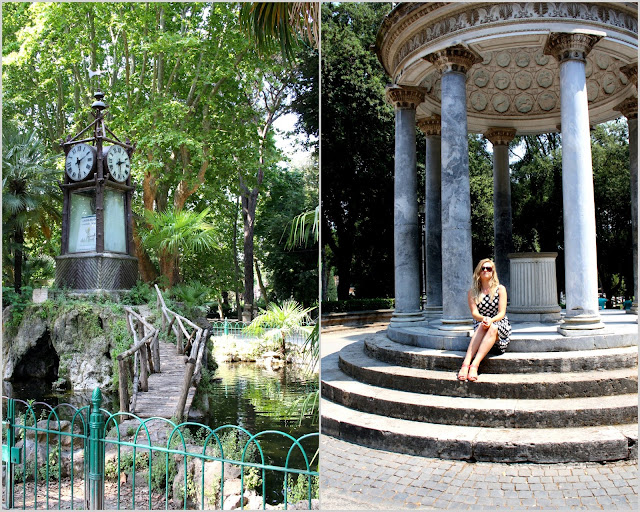

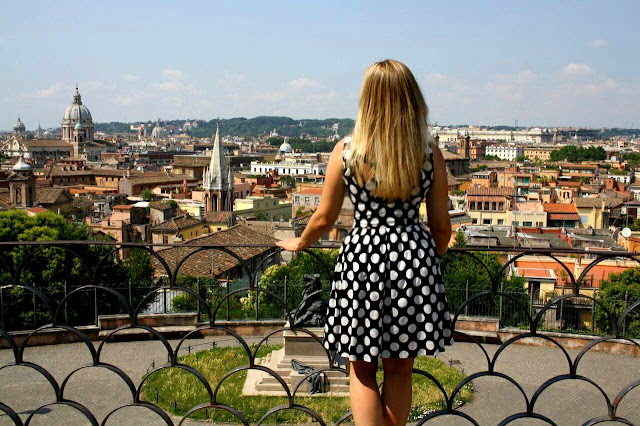
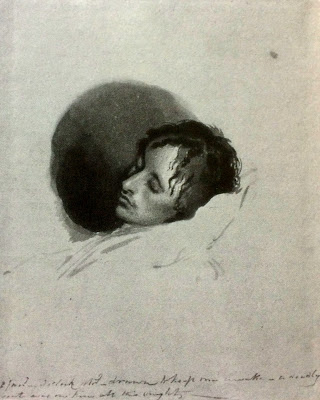
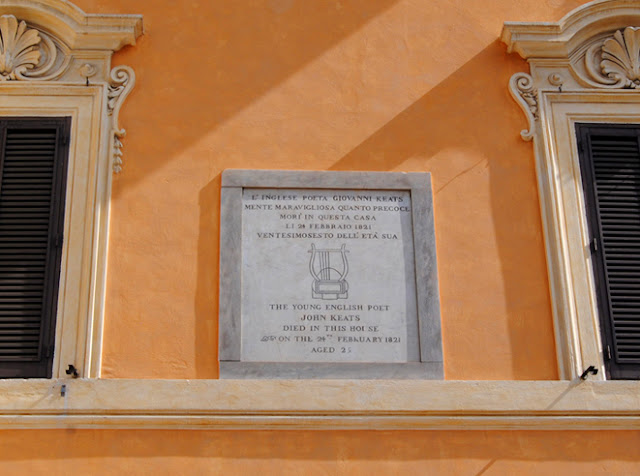
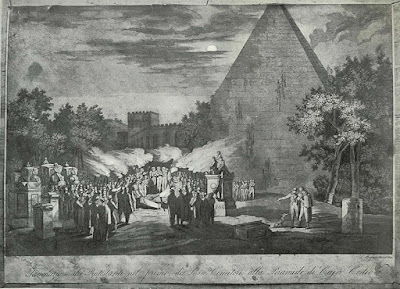
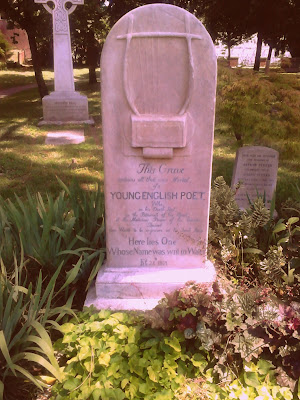
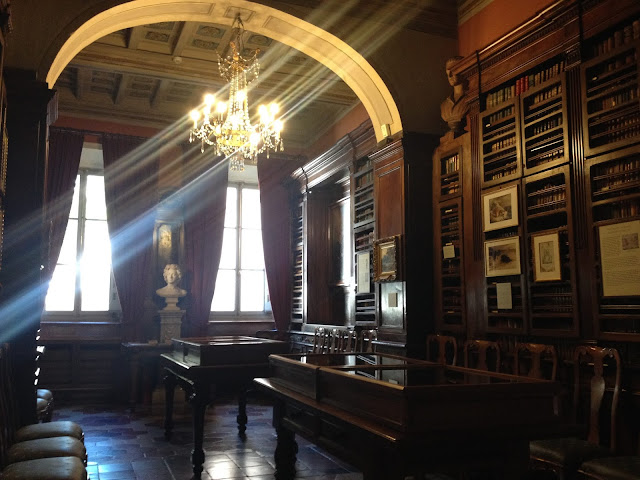
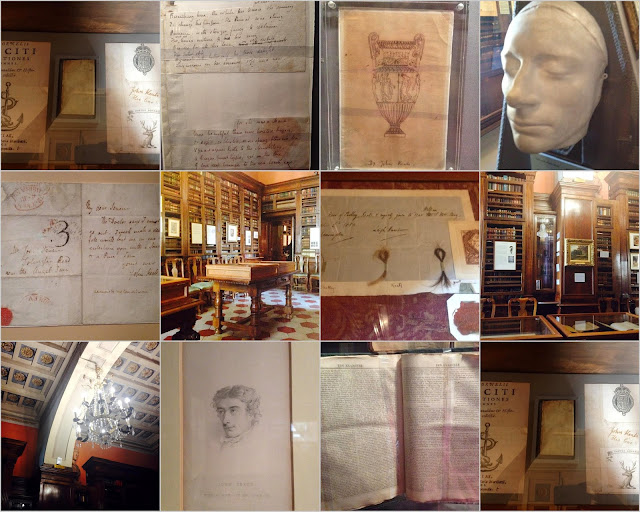

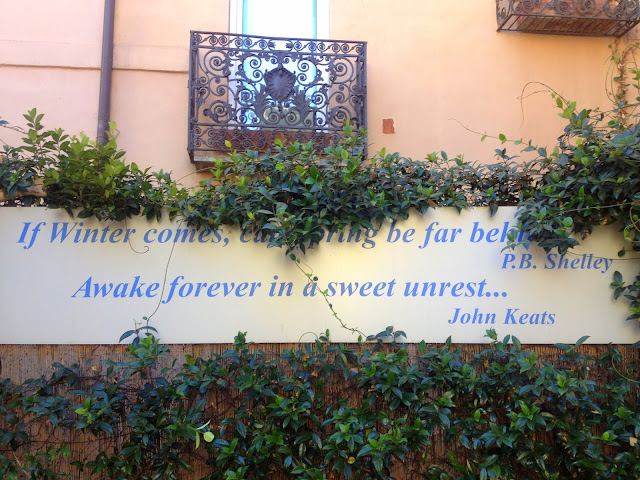



Komentarze
Prześlij komentarz